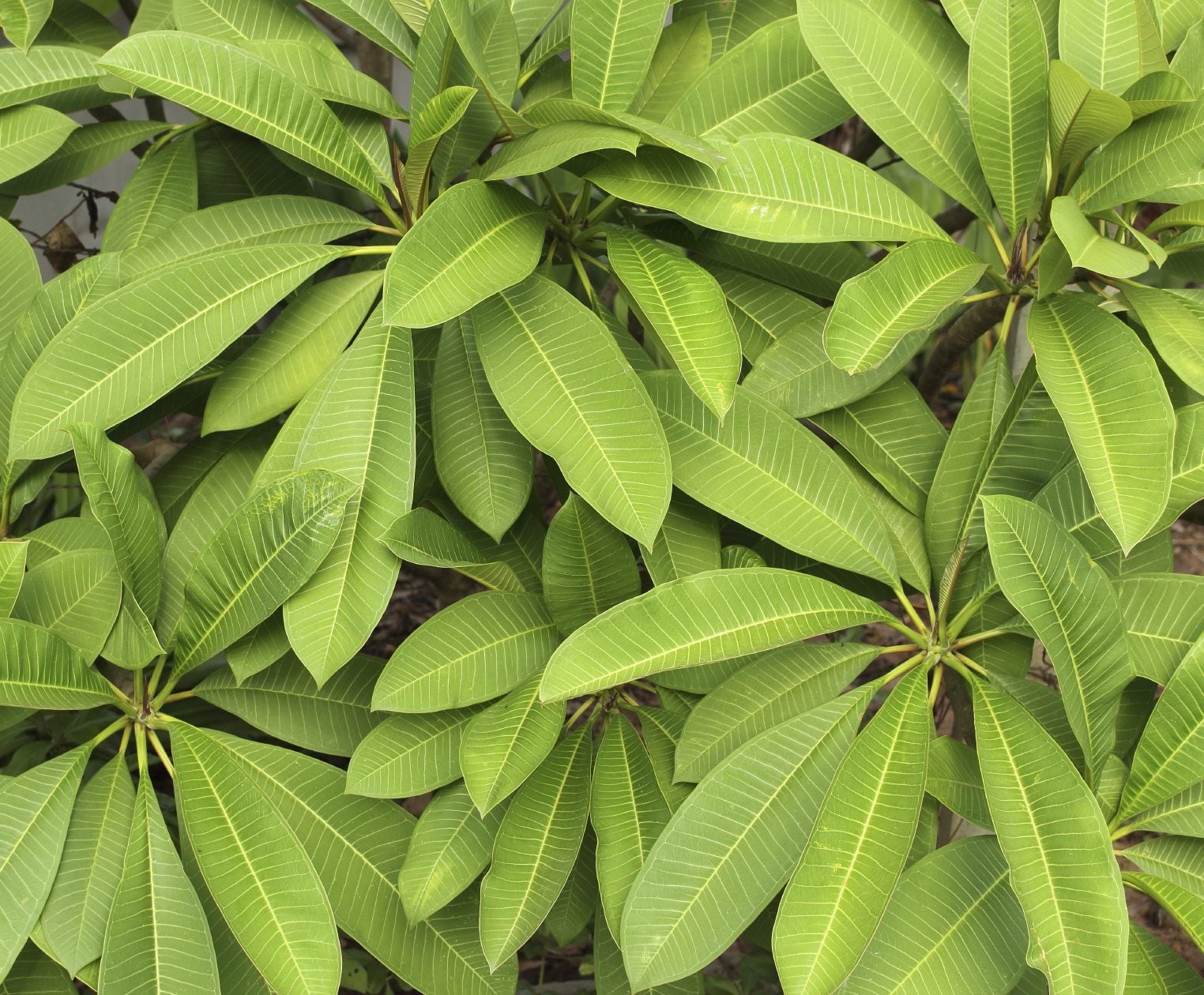Plumeria Does Not Bloom: Why Is My Frangipani Not Flowering


Frangipani, or Plumeria, are tropical beauties that most of us can only grow as houseplants. Their lovely flowers and fragrance evoke a sunny island with those fun umbrella drinks. Many of us northern gardeners wonder, why is my Frangipani not flowering? Generally, Frangipani will not flower if they receive less than six hours of bright sunlight, which can be hard to achieve in some climates or where there are lots of trees. There are a few cultural and situational steps you can take, however, if your Plumeria does not bloom.
Why is My Frangipani Not Flowering?
Frangipani flowers come in a colorful array of tones. The bright hues of these five petaled beauties are standouts as container plants in cooler climes, or as garden specimens in warm climates. The foliage is glossy and nice to look at, but since most gardeners grow the plants for their profuse blooms, a non-blooming Frangipani is something of a disappointment. There are three main reasons for a Frangipani not blooming. In addition to the six hours of bright light the plants require, they also need fertilizer at the right time and pruning occasionally. Pests can also attribute to non-blooming in plants. If the fertilizer is not the right type, and is not applied at the right time, it can affect blooming. Fertilize your Plumeria plants during the spring and summer. Another reason a Frangipani will not flower is that the stems are not old enough. Young plants, or those that have been pruned, need at least two years before the wood is ready to produce buds and flower. Insects such as thrips, aphids, and mealybugs will threaten overall vigor but can also cause withering and dropping of new buds, another possible cause when a Plumeria does not bloom.
How to Reduce Chances of Non-Blooming Frangipani
Frangipani are not cold tolerant and grow best in warm regions of the world. Cool season gardeners can put container plants outdoors in summer but they need to go indoors when cold weather threatens. Plumeria plants are hardy to 33 degrees F. (.5 C.). Plant in-ground trees in a site with full to partial sun, but at least six hours of light per day. Extreme sites, such as the southern side of the house, should be avoided. Potted plants should be in good potting soil with excellent drainage. In-ground plants need soil amended with compost and good drainage. Water the equivalent of 1 inch (2.5 cm.) per week. If you are rooting a cutting, you should wait to fertilize until the cutting has new leaves. Mature Frangipani should not be watered or fertilized in winter. In spring, use a water soluble fertilizer with phosphorus content of 50 or higher twice per week. A granular fertilizer should have a phosphorus rate of 20 or higher. Time release formulations work well for consistent fertilizing through summer. A balanced time release fertilizer works well for overall plant health, but one higher in phosphorus can help promote flowering. Prune these plants in winter, but again, this is one of the reasons for Frangipani not flowering, at least for a couple of years.
Sign up for the Gardening Know How newsletter today and receive a free copy of our e-book "How to Grow Delicious Tomatoes".

Bonnie Grant is a professional landscaper with a Certification in Urban Gardening. She has been gardening and writing for 15 years. A former professional chef, she has a passion for edible landscaping.